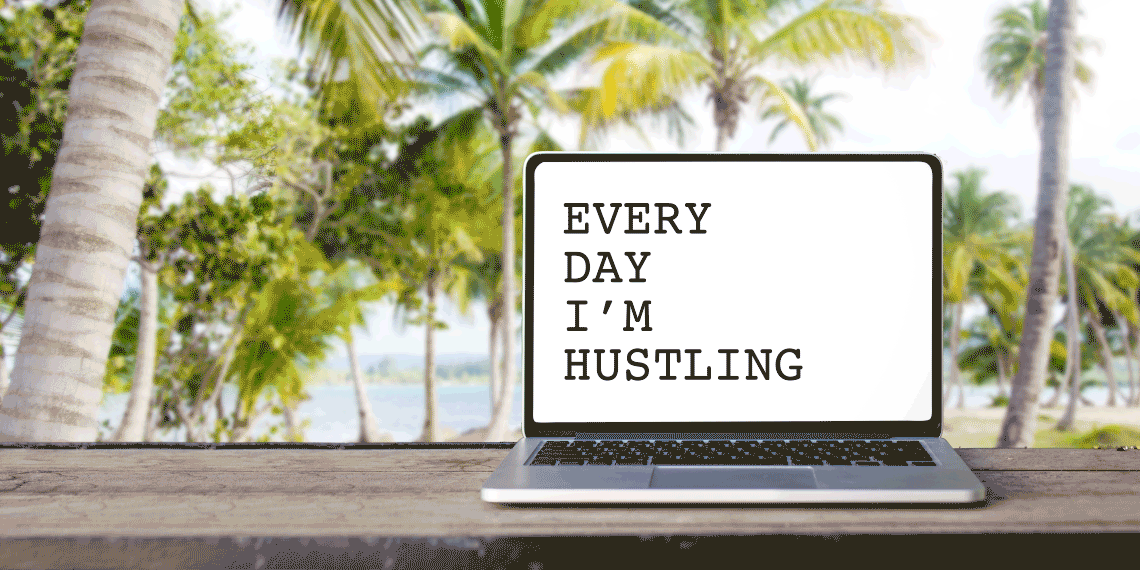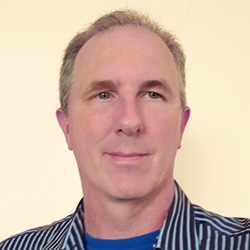
For startup advisor and investor Marc Parrish, the quest to strike a fulfilling work-life balance started with his very first job. He’s now based in San Francisco, where he works with marketing automation startups like Braze and Appfluence, but that isn’t where he started.

Marc Parrish
Parish says he got “the ultimate corporate gig” right out of engineering school: working for a consulting firm. As the former captain of the University of Michigan swim team, Parrish was used to teamwork, but the consulting firm’s culture of conformity left the former all-American feeling unfulfilled. “I really hated it,” he said.
Breaking Out of the Automaton Life
“Being a consultant felt like being an automaton. Wearing a suit every day, constantly filling out timesheets and trying to put in as much face time as possible with clients to create billable hours. I would take two hours off during the day to go work out, have lunch, and then come back because we stayed so late at night.”
It wasn’t long before Parrish quit and signed on with a construction company in Puerto Rico. “It was a very different vibe, much more entrepreneurial, much more varied, with a lot of intellectual engagement.”
In Puerto Rico, Parrish realized that he enjoyed talking about bigger-picture issues and figuring out how various business segments fit together. That experience of asking questions and talking to people has been the driver for the rest of his career. “I learned that if you do things you find intellectually stimulating, you will likely increase your skill set, [and] the universe of connections will expand.”
Immersed in Tech
After that experience, and an MBA at UCLA, Parrish held senior e-commerce and marketing positions at a number of tech companies, a career that has required constant adaptation. “It’s impossible to keep your finger on the pulse of an entire tech sector. But the best companies always create distance from competitors with a style and a brand. I came to realize that the story aspect often gets short changed in the technology ecosystem. Technology is table stakes. How you present that technology is where most of the valuation [gets] unlocked.”
That philosophy has helped Parrish focus on his engagements in specific marketing verticals—mobile, automation and data sets. And while that has made him more efficient, Parrish admits that going offline for extended periods isn’t easy. And remote-work platforms like Slack, which make connectivity a 24-hour reality, can make work-life balance a much harder ideal to reach.
Finding Balance
In the interest of finding that balance, Parrish recently took a month to travel overseas. His clients knew he was going away and that there would be times that he would have no access to Wi-Fi. When he did connect, he focused on advancing conversations so that issues would be researched and resolved in the near future—ideally when he returned.
When it comes to balance, Parrish also says that experience allows him to gauge when he can, if not unplug, take a break. “I would say 80% of proposed projects require too much effort for too little gain. So making pragmatic decisions decreases churn in the office and outside of it.” To that end, Parrish advises workers everywhere to use common sense: Vacationing after a critical cycle is much more restful and relaxing than going away in the middle of one.
“Life is messy. It doesn’t follow a straight line. I’ve been pretty happy to have time to myself to think on things,” Parrish says.
Seth Kaufman is a journalist and ghostwriter based in Brooklyn. His work has appeared in The New York Times, The New Yorker online and many other publications.
Inset photo courtesy of Marc Parrish.
Need some time to unplug? Here are 7 Destinations for Every Traveler and Budget.

